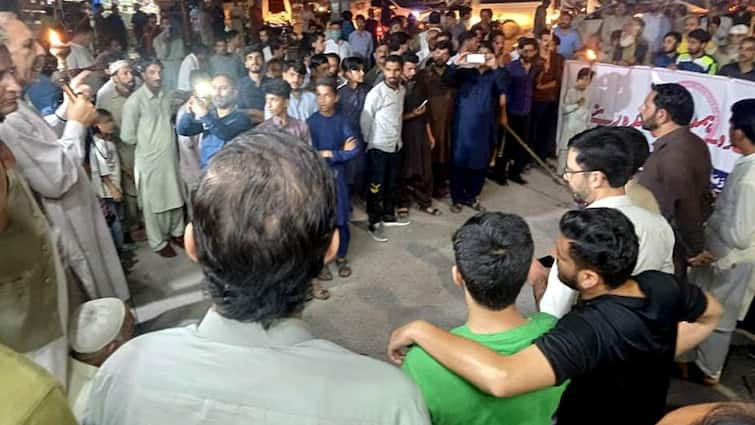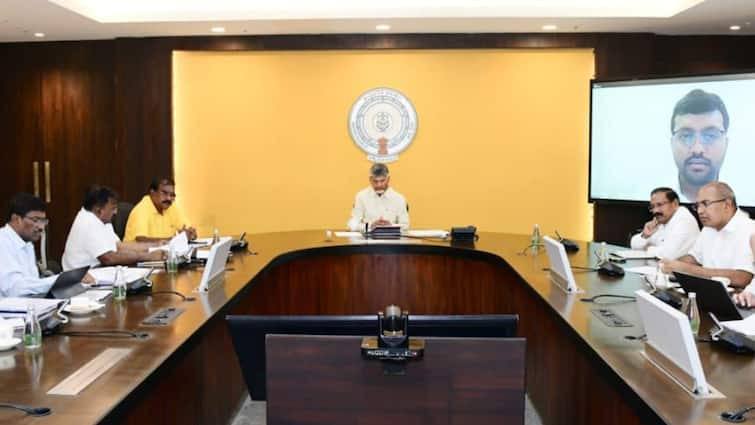Protests and clashes between civilians and security forces continue in Pakistan-occupied Jammu & Kashmir (PoJK), particularly in Muzaffarabad. Residents and youth in PoJK say decades of neglect, lack of opportunities, and systemic discrimination have fueled growing anger. Many demonstrations have taken place as peaceful lockdowns, sit-ins, and rallies, with citizens demanding reforms and equal rights.
#WATCH | Muzaffarabad, PoJK: Thousands of people attend the funeral of those killed during the protests in PoJK. Protests have been ongoing in Muzaffarabad and other parts of PoJK over various demands.
(Video Source: Reuters) pic.twitter.com/3jrwU40I24
— ANI (@ANI) October 3, 2025
#WATCH | Muzaffarabad, PoJK: Protests by the people, and clashes between public and security forces continue in parts of PoJK.
(Video Source: Reuters) pic.twitter.com/9mpXt30lj6
— ANI (@ANI) October 3, 2025
Why People Are Protesting in Pakistan-Occupied Kashmir
High Unemployment and Economic Hardship
One of the central issues driving protests is unemployment. With reports indicating youth unemployment in PoJK as high as 64 percent, many young people feel trapped with no opportunities for education or employment. Faisal Jamil Kashmiri, leader of the Jammu Kashmir Joint Awami Action Committee (AAC), said, ‘Promises have not been fully implemented. With 64 percent youth unemployment and the 25 percent quota still in place, our protests are growing.”
#WATCH | Muzaffarabad, PoJK: Leader of Jammu Kashmir Joint Awami Action Committee, Faisal Jamil Kashmiri says, “These protests are growing because these promises have not been fully implemented. The issue of the 25 percent quota for Jammu and Kashmir, which has been in place… https://t.co/sd3m4AAp7x pic.twitter.com/uONFTY31sj
— ANI (@ANI) October 3, 2025
The Controversial Quota System
Another major grievance is the 25 percent quota system in PoJK, which citizens argue limits opportunities for many qualified candidates in education, government jobs, and other sectors. This quota system, in place since 1947, is seen as discriminatory by locals and is cited as one of the key reasons for rising discontent.
Lack of Basic Rights and Governance Issues
Residents also cite restrictions on civil liberties, diversion of resources by authorities, and poor governance as drivers of the unrest. Demonstrations, including sit-ins and peaceful lockdowns, have become more frequent as citizens demand accountability, transparency, and better living conditions. Shaukar Nawaz Mir, another AAC leader, described the violence during a protest on Neelum Bridge: ‘We were peacefully protesting when armed personnel opened fire. One youth was martyred and over 20 injured. We will not forgive this murder.’
#WATCH | Muzaffarabad, PoJK: Leader of Jammu Kashmir Joint Awami Action Committee, Shaukar Nawaz Mir says, “This was a peaceful lockdown call by the Jammu Kashmir Joint Public Action Committee. All the citizens of Muzaffarabad were peacefully recording their protest on Neelum… https://t.co/sd3m4AAp7x pic.twitter.com/z4UfqMbbGL
— ANI (@ANI) October 3, 2025
MEA Reaction
Reacting to the protests, India’s Ministry of External Affairs (MEA) spokesperson Randhir Jaiswal condemned Pakistan’s actions: ‘Reports show brutalities by Pakistani forces on innocent civilians. This is a consequence of Pakistan’s oppressive governance. Pakistan must be held accountable for these human rights violations.”
The protests in Muzaffarabad and other parts of PoJK underline the urgent need to address systemic issues like unemployment, the quota system, and governance failures. Citizens continue to demand justice, rights, and international attention to the situation in these territories.



